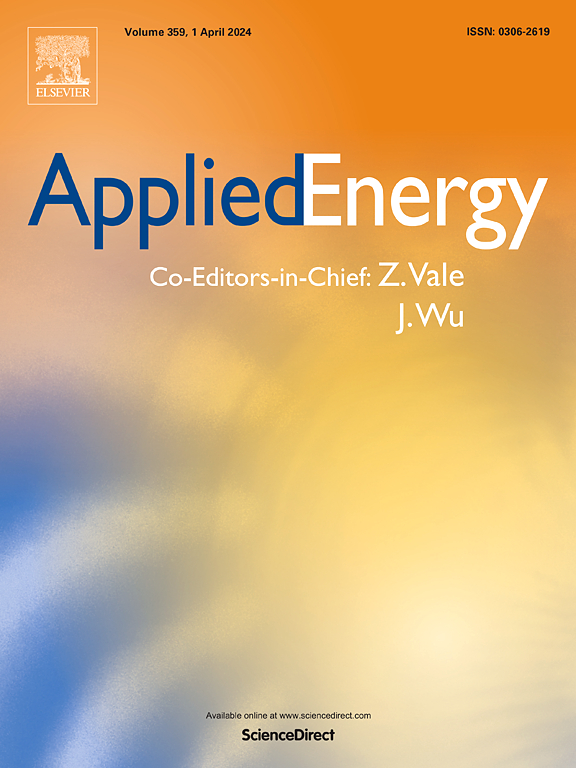Optimising thermoelectric coolers for battery thermal management in light electric vehicles
IF 10.1
1区 工程技术
Q1 ENERGY & FUELS
引用次数: 0
Abstract
The Battery Thermal Management System (BTMS) is critical for enhancing the performance and longevity of electric vehicle batteries. Due to their compactness, light electric vehicles (LEVs) have restrictions on BTMS size and weight. Thermoelectric coolers (TECs) have been known for their compactness and reliability and can be a potential solution for BTMS in LEVs. However, the integration of TECs in BTMS still lacks an optimal selection of TEC material, optimal BTMS design, and operational analysis, which are the key areas addressed in this study. First, a simplified cell model ideal for integration with TECs is developed, reflecting the temperature distribution in the cell. Simulations and BTMS performance analysis are then carried out to quantify the relationship between TEC current and cell average temperature and temperature difference under various heat generation and dissipation rates. The study also delves into the impact of TEC design parameters on BTMS performance, providing valuable insights for BTMS manufacturers to optimise LEV battery operation. It is found that the pellet height in TECs is crucial; directly impacting the TEC efficiency and power consumption and therefore must be selected according to the needs of the LEV. An approach for this optimal selection is provided in this study in the form of a multi-objective optimisation problem along with an example case. It is found that under regular operating conditions, an optimised TEC can save 5.89% of energy consumption over the standard TECs available off the shelf.
求助全文
约1分钟内获得全文
求助全文
来源期刊

Applied Energy
工程技术-工程:化工
CiteScore
21.20
自引率
10.70%
发文量
1830
审稿时长
41 days
期刊介绍:
Applied Energy serves as a platform for sharing innovations, research, development, and demonstrations in energy conversion, conservation, and sustainable energy systems. The journal covers topics such as optimal energy resource use, environmental pollutant mitigation, and energy process analysis. It welcomes original papers, review articles, technical notes, and letters to the editor. Authors are encouraged to submit manuscripts that bridge the gap between research, development, and implementation. The journal addresses a wide spectrum of topics, including fossil and renewable energy technologies, energy economics, and environmental impacts. Applied Energy also explores modeling and forecasting, conservation strategies, and the social and economic implications of energy policies, including climate change mitigation. It is complemented by the open-access journal Advances in Applied Energy.
 求助内容:
求助内容: 应助结果提醒方式:
应助结果提醒方式:


